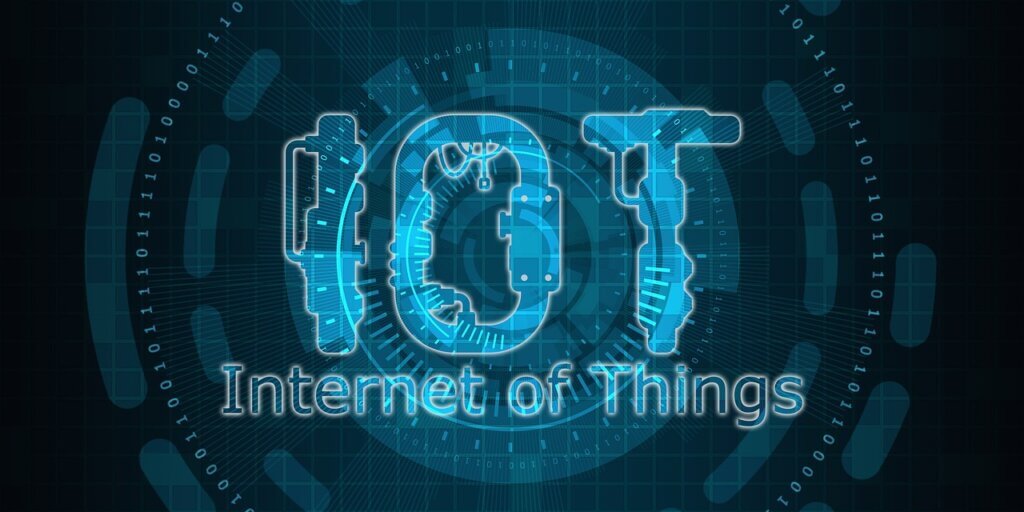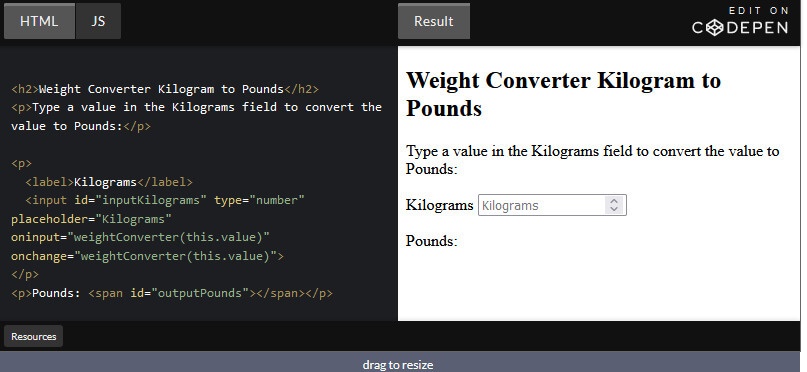There are so many talks and discussions about the Internet of Things (IoT) and its impact on everything from the way we manage and operate our homes to even automating jobs across nearly all industries. In short and simple, IoT is a wonderful thing that gives us all sorts of benefits that weren’t possible before.
If you think of a cell phone before a smartphone existed, you could call or text, but now through your smartphone to name some few features you can read articles, watch a movie or listen to some of your favorite songs in just a few touches. The articles, movies, or the songs might not be in your smartphone’s memory card but you can do all these by connecting your smartphone to the internet. Connecting to the internet payoffs many impressive benefits. We have witnessed these benefits with our smartwatches, smartphones, and computers, etc. So, the concept of IoT is taking all the things in the world and connecting them to the internet.
What is the Internet of Things (IoT)?

IoT refers to the “things” that are connected to the internet, all collecting and sharing data.
“Things” refers to an entity or physical object that has a unique identifier, an embedded system, and the ability to transfer data over a network.
That includes an extraordinary number of objects of all shapes and sizes- from a smart home that automatically adjusts heating and lighting, to self-driving cars that is capable of sensing its environment and navigating without human input, to wearable smartwatches that can manage virtually every aspect of our lives.
The internet of things isn’t new, though the phrase “Internet of Things” was first used by entrepreneur Kevin Ashton in a 1999 presentation, one of the founders of the Auto-ID Center at MIT. Ashton was part of a team that discovered how to link objects to the internet through an RFID tag. But the concept of connected devices has been around for a long time. For example, machines have been communicating with each other since the first electric telegraphs were developed in the late 1830s.
How does the Internet of Things (IoT) work?
Devices and objects with built-in sensors are connected through the Internet of Things, to collect, to send, and often act on data. The devices and objects that make up the IoT can be anything from a wearable smartwatch to a self-driving vehicle.
Trying to understand what is IoT or how it works can get confusing but just like any other system or mechanism works, the Internet of Things also has components that the devices or the objects require for them to properly operate as parts of their respective IoT systems.
An IoT system is made of four main components that work together and create the desired output of the scheme:

Sensors/Devices

Sensors/Devices is one of the main parts of the IoT engine since it collects and specifies the data from the environment. For example, our smartphone is a device that has multiple sensors like geographical location, camera, motion, etc. where data is being collected based on surroundings.
Connectivity

After collecting data from the environment the devices need to process it somewhere and this is when connectivity plays the main role. Collected data is sent to the cloud and stored with the help of Bluetooth, Wifi, Cellular Network, etc.
Data Processing

After connectivity enables the data to be stored in the cloud, the software performs processing on the acquired data to get analyzed or computed data. The data is processed using a “Big Data Analytics Engine” that helps the system to make better decisions according to the data.
User Interface

In the final step, the information is made available to the end-user and notify via an alert, email, text, or notification. For example, a vehicle notifying the driver when the fuel is low or receiving a notification when the oven is overheating and disengage your cooking process.
Who is Using the Internet of Things (I0T)?
With the adoption of IoT technology, businesses understand consumer needs in real-time, become more responsive, cost-effective, efficient, and productive. Just as the internet at large affects a broad spectrum of users, so does the IoT.
Learn about industries using the Internet of Things
Conclusion
The Internet of Things has been advancing ever since it started its journey. New technologies and protocols join the IoT ecosystem to make it more accessible, cost-effective, energy-efficient, and most importantly secure. No matter where it is or what we call it, IoT is real – but what it will look like in the future is something even Google can’t answer.









